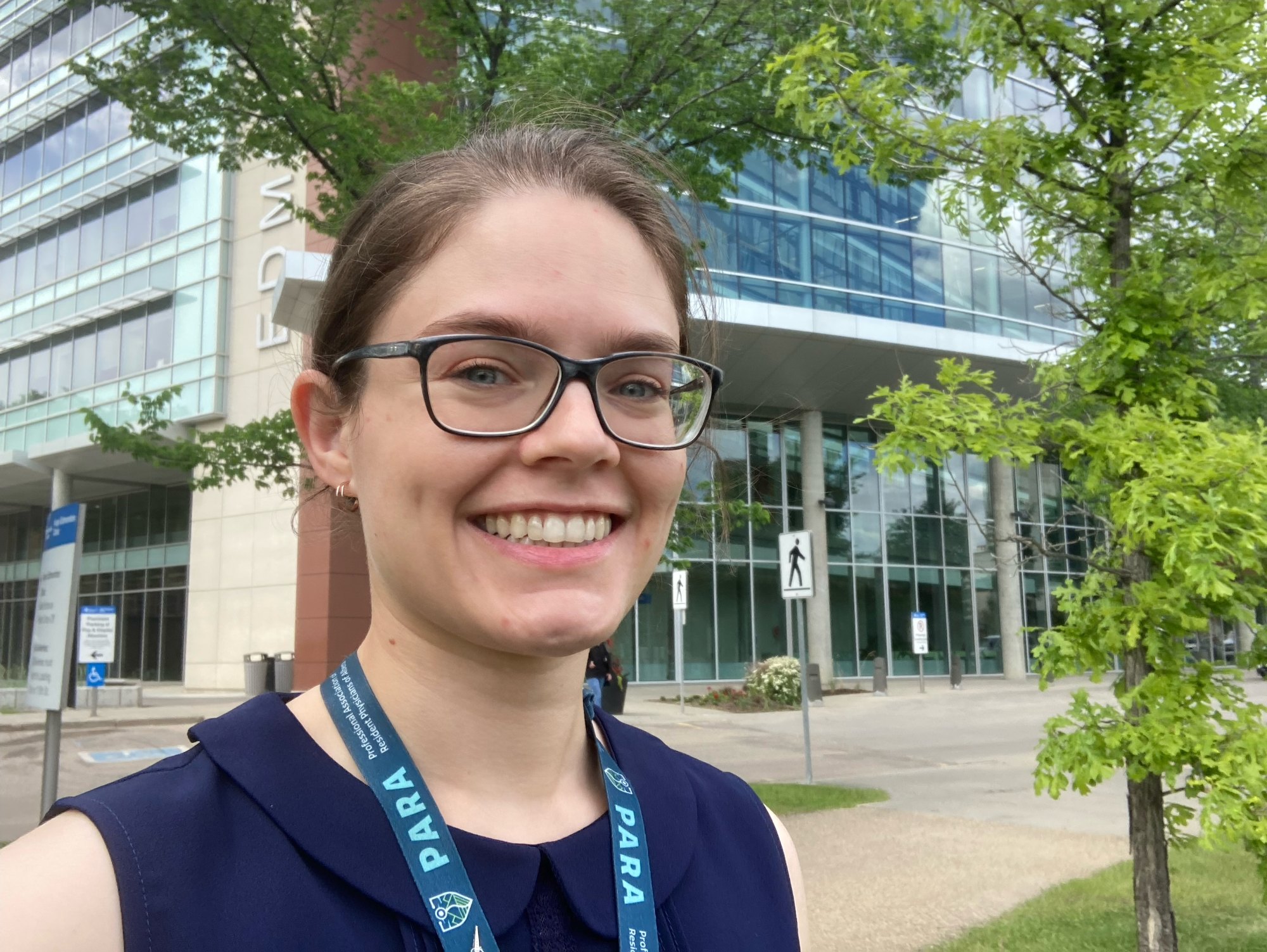A Canadian team has uncovered a potential cause of amyotrophic lateral sclerosis (ALS) in some patients and has identified a chemotherapy drug that could be repurposed to treat the disease.
Every year, about 1,000 Canadians die of ALS and a similar number are diagnosed. A neurodegenerative disease sometimes called Lou Gehrig’s disease after the famous baseball player whose career and life were shortened by it, ALS causes progressive paralysis of the muscles of the limbs, speech, swallowing and breathing, and usually leads to death within five years.
In research published in the Journal of Biological Chemistry, the team reports on a mechanism behind the misfolding of two key proteins that scientists know are involved in ALS: SOD1 and TDP-43. They identify an amino acid called tryptophan-172 in TDP-43 as a potential trigger that makes the protein SOD1 more prone to misfolding. When proteins misfold, they can aggregate or clump inside cells and interfere with the cells’ function.
The team introduced antibodies to block or hide the tryptophan-172 on TDP-43 from SOD1, to test whether it is needed to cause misfolding of SOD1 in human cell cultures. The result? The human cell cultures showed no clumping of SOD1 proteins.
Since this is not yet a feasible treatment for humans, the researchers then looked to target SOD1 directly. Based on their previous work and colleagues’ computer modelling to identify drugs that interact with SOD1, they tested a chemotherapy drug called 5-fluorouridine that could be repurposed to interact with the SOD1 protein and prevent misfolding. This drug was tested in zebrafish that have the same proteins, and the team found that the fishes’ motor neuron function improved with the addition of 5-fluorouridine.
“Our research question was, ‘Why are these two proteins misfolding and are they related in some way in causing the disease?’” explains one of the study’s primary authors, Michele DuVal, a fourth-year neurology resident at the University of Alberta. DuVal received her PhD in the lab of biological sciences professor and co-author Ted Allison before undertaking her MD.
“We found that if we were able to stabilize the tryptophans and make the proteins less prone to misfolding, the fish were healthier.”
